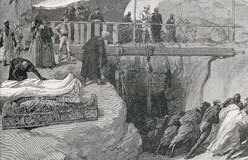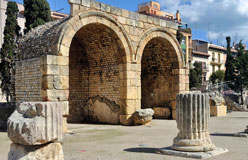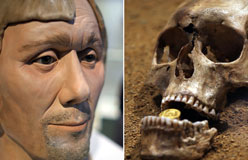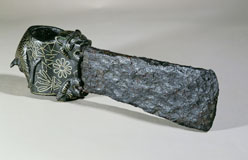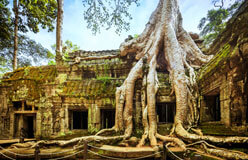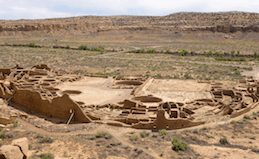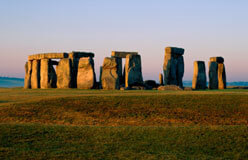Earth is so huge that artifacts can be almost anywhere—on the ocean floor, inside caves, or buried underground. So how do archaeologists know where to look?
Sometimes they get lucky, like when a worker is digging a new basement and finds a 2,000-year-old bowl. Usually, pure luck isn’t how archaeologists work. Instead, they have to use science and history to pinpoint promising sites.
Historical records, such as maps of battlefields, help to narrow the search. Poking around under modern cities or towns is another good way to search, because many were built on the remains of older cities. Checking out areas near rivers and other water sources is another smart way to go. Humans have always needed water.
Archaeologists also look for strange terrain, using planes, radar, and a trained eye. Take a flat rain forest, for example. If there are weird mounds amid dense jungle, ruins of human-made structures may lurk within them. Any hills or holes that don’t seem natural may house buildings—or even entire cities!
